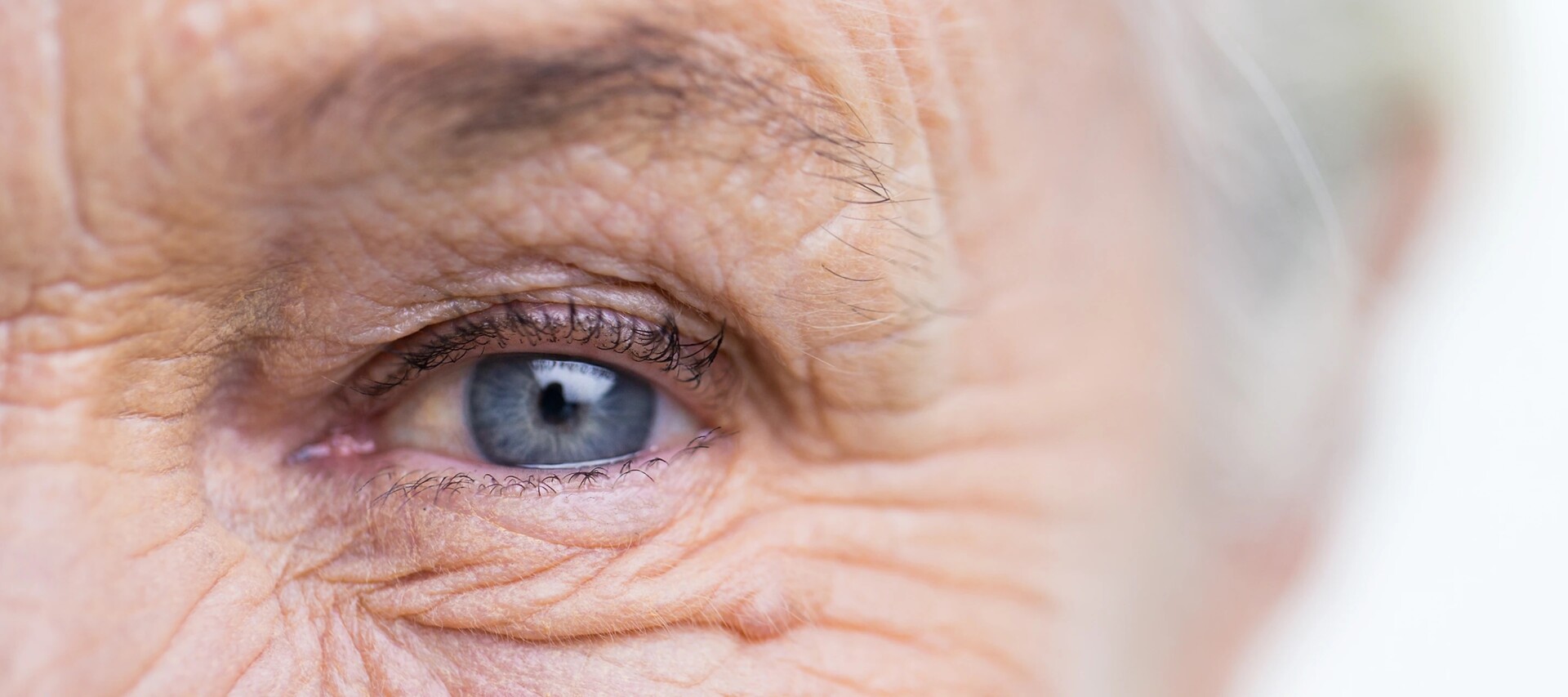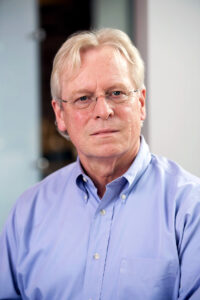
If a knee starts aching at age 20, something’s wrong. Going to the doctor is not out of the question; it’s the norm. If a knee starts aching at age 60, it’s natural – just another symptom of aging. Going to the doctor seems trivial, because aches and pains are known to accumulate in older age. Christina Jacobson (B.A., ’23) is terrified of the aging process.
“I feel like an old woman, except I’m not, but I feel like it. I’m not a child anymore; I have real stuff to do,” Jacobson said.
Younger adults’ narrow definition of aging limits understanding and acceptance of the aging process. By widening conception of what aging can and should be, more positive outlooks on the aging process can be implemented on a societal and personal level.
Self-perceptions of aging
Views on aging provide a critical look into how one’s mindset can manifest in the physical world. Scientists studying self-perceptions of aging observe the way that an individual views age-related changes in the body to uncover the link between a cheerful outlook and a more graceful aging trajectory.
Allyson Brothers, an associate professor in the Department of Human Development and Family Studies, is one of those scientists who has been studying aging for more than eight years now.
“If you start looking at media messages and advertising, you see words like ‘anti-aging cream’ or ‘defy aging,’” Brothers said.
These messages embody the idea that aging is something to avoid or overcome.

Aging myths
University Distinguished Professor Manfred Diehl, also from the Department of Human Development and Family Studies, outlined and debunked common misconceptions that the public holds about aging in a 2020 publication in the American Psychologist.
While it is easy to think that growing old is full of loss and decline, that’s not all there is. Diehl notes that intellectual and emotional regulation continually develop from age 20 to age 70, meaning that growth does not suddenly stop at a certain age.
Another misconception is that adults have zero control over the aging process; though, it turns out that 30 minutes of exercise, five days a week can do wonders for health and longevity.
The last misconception described in Diehl’s study is that age-related losses are irreversible. While portions of that are true, recent studies have shown that having a positive self-perception of aging allows individuals to recover more easily from injuries than those with negative SPAs.
Link to health conditions
“What it seems like is that if we think more negatively about aging in general, we probably will think more negatively about our own aging,” Brothers said. “Age stereotypes are present as early as age 3, so it’s throughout our whole life, and at some point, they start to become self-relevant.”
When these stereotypes become self-relevant is when SPAs start to emerge. A generally negative view of older adults increases the likelihood of a negative SPA, which can be “correlated with and predictive of so many other health outcomes,” Brothers added.
Brothers’ and Diehl’s research suggests that negative SPAs lead to poor health conditions in individuals with cancer, an increased risk of diabetes, and generally higher mortality rates.
Another of Diehl’s studies followed adults aged 40-85 in Germany for a period of 21 years. The study aimed to examine views on aging, SPAs, and aging stereotypes to understand the role that mindset plays in the physical and mental processes of aging.
Diehl found that around age 65, individuals started to display negative SPAs, likely because age 65 is when accumulating age-related changes become more noticeable. Changing the narrative around aging is the first step in creating positive SPAs. The lack of positive stories, celebrities, shows, and even birthday cards underrepresent older adults, leaving strong, positive perception of older adults out of the public’s mind. Understanding public and personal views on aging is increasingly important as older adults are growing to be the largest segment of the population.
Changing the narrative
The world population is steadily increasing, and older adults are the largest growing sector of that population. A 2015 U.S. Census report predicts that adults aged 65 and older will make up 17% of the global population by 2050, making aging research of increased importance.
Changing the narrative around aging and the stereotypes it includes will help individuals create more positive SPAs, thus increasing their longevity. Putting mind over matter, in terms of aging, might seem exaggerated, but CSU studies suggest it’s a life extension.
“This isn’t just one finding that has been found one time. This is replicated psychological research that’s happened across different labs, different universities, different countries, and different methodologies and statistical approaches – and the same story seems to be emerging after 20, 30 years of research,” Brothers said.
Find more tips for healthy aging from researchers affiliated with CSU’s Center for Healthy Aging: